
Cellular Transformations is a course that uses cross-disciplinary approaches, with advances in engineering and biology influencing design production and implementation
It is ever important for designers to use knowledge from other scientific fields. Architectural design has been relatively static in its research development, while engineering and the biological sciences have evolved more rapidly. This course is designed to allow for a more collaborative practice to emerge, with designers, engineers and biologists brought together at the beginning of the design process; rather than in the final stages of a design project as is usually the case.
Students will develop digital design skills along with conceptual understanding of the principles underlying biological architecture, with a particular emphasis on structures and processes responsible for complex architectures within cells. Students will use biological design principles as inspiration for their individual projects. Through digital modeling and scanning of biological structures, each student will develop a transformation process that analyzes the performative aspects of a new emerging design. These designs will be modeled through CADCAM (laser cutting) and Rapid Prototyping (3D Printing) for physical outputs.
Cellular Transformations is a course developed for students who are interested in emerging technologies and cross-disciplinary approaches in design strategies. This course allows each student to develop abstract thinking and learn modern design and making processes including digital media and 3D technologies.
Directing Professors: Ram Dixit and Sung Ho Kim

Team Zhuoxian Deng and Xinfei Tao Cell Analysis 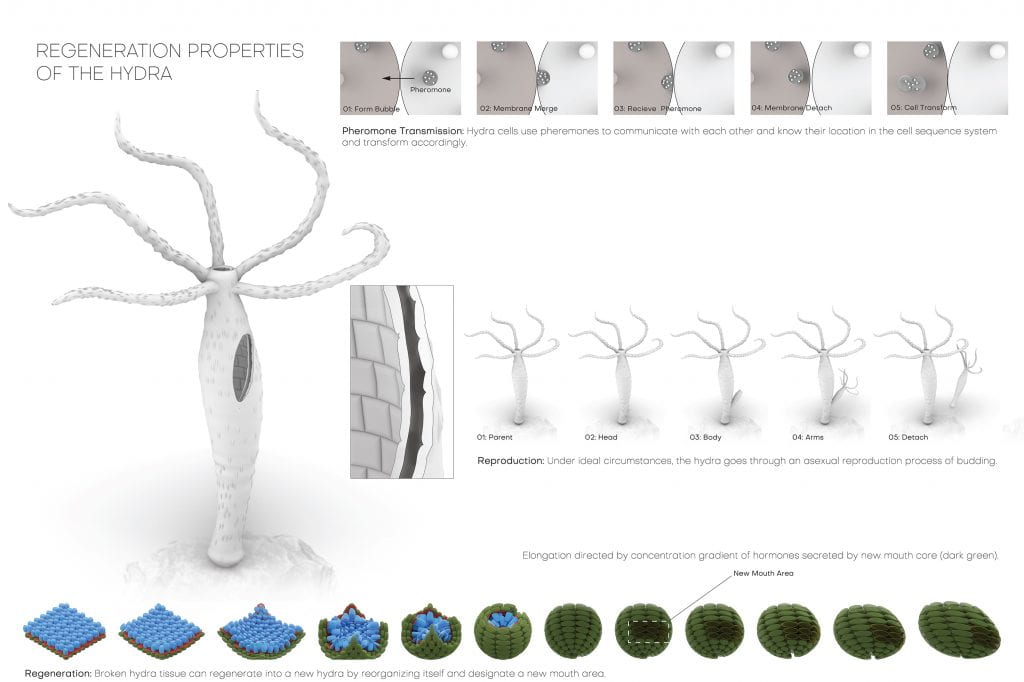
Team Patrick Murray, Yuhao Ji and Guanyu Ke Cell Analysis 
Team Ethan Chiang and Zhengran Xu Cell Analysis 
3D Printed Model 01 Andrea Trinkle and Sian Zhang 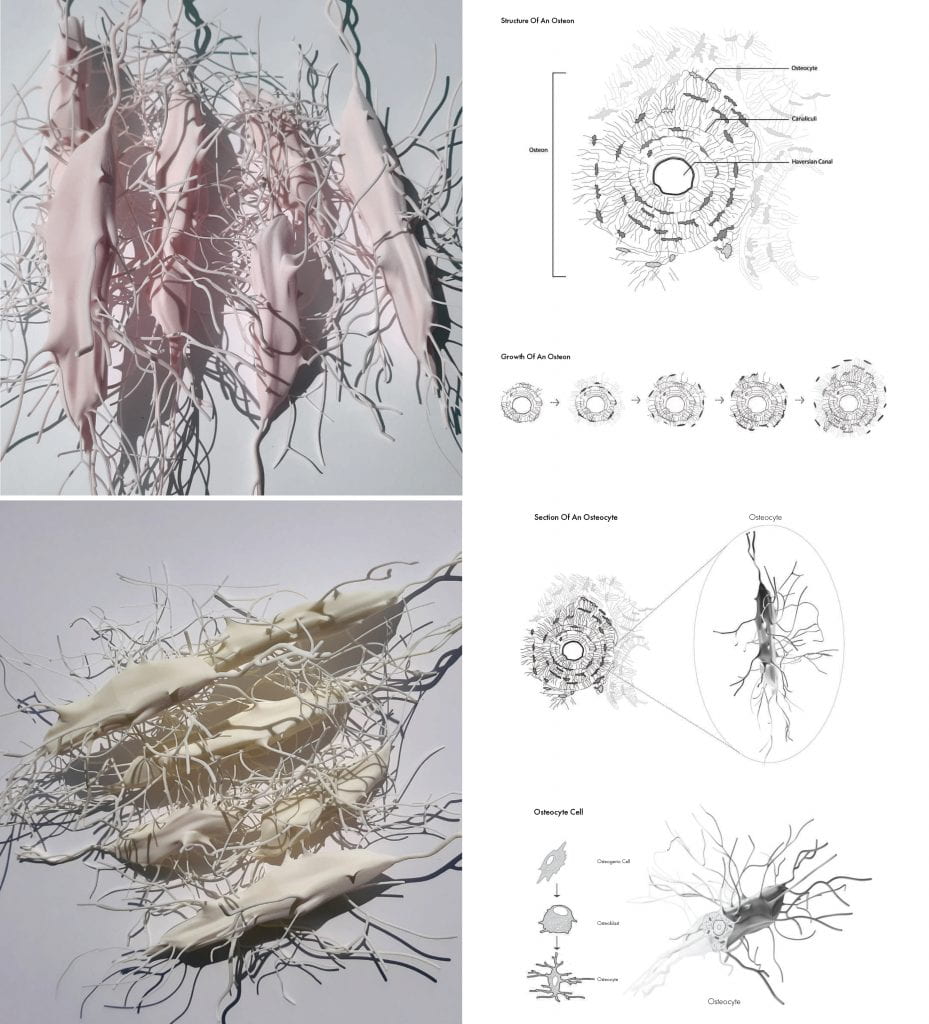
3D Printed Model 02 Zhiqiang Wei and Siya Xie 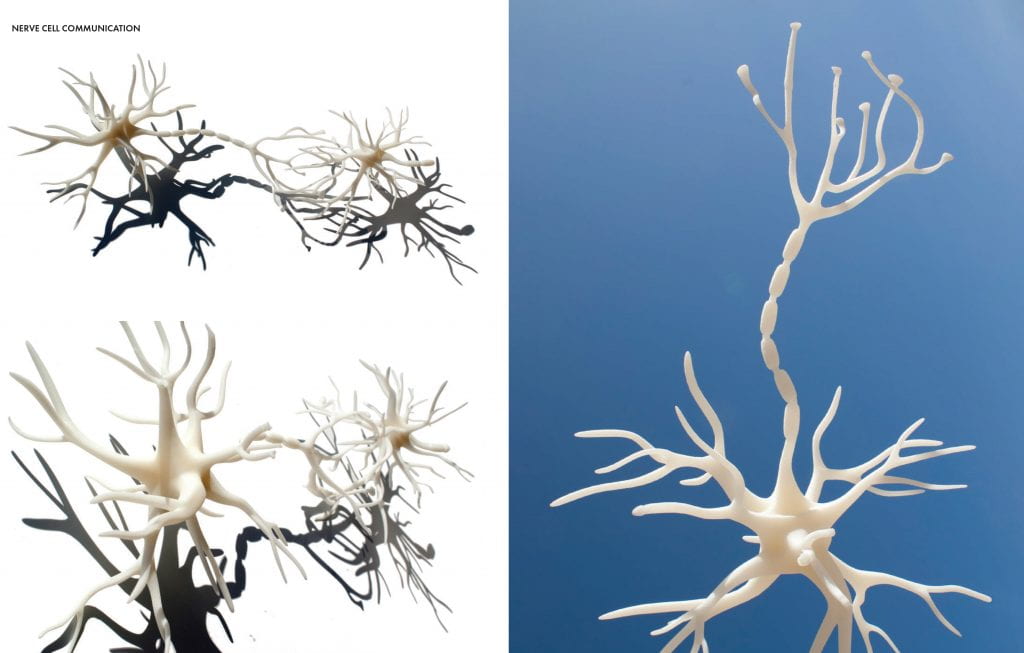
3D Printed Model 03 Zhuoxian Deng and Xinfei Tao 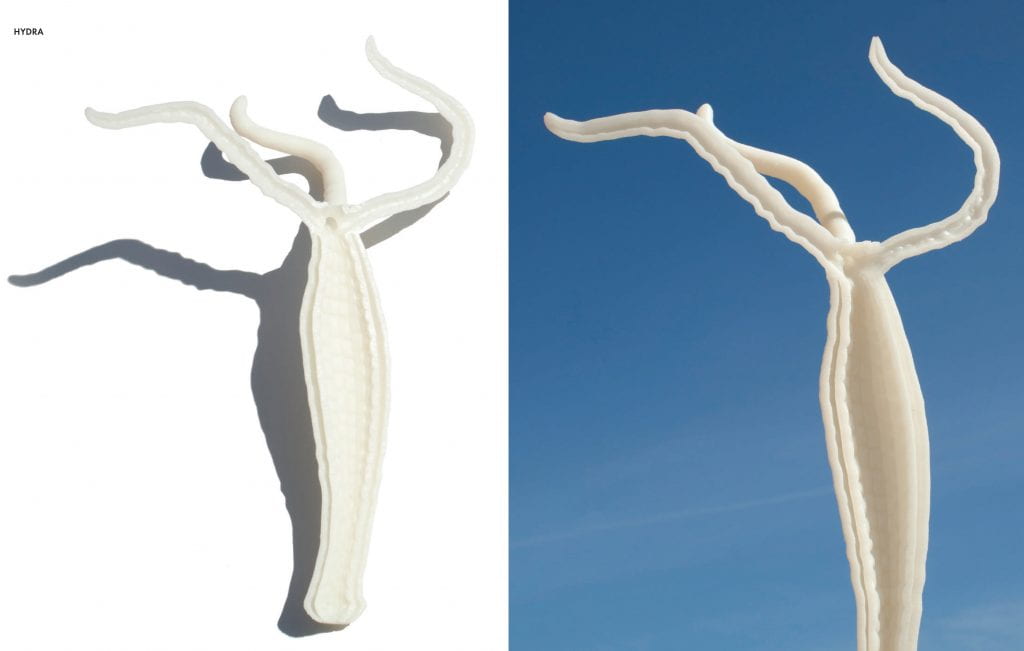
3D Printed Model 04 Patrick Murray, Yuhao Ji and Guanyu Ke 
Micro Environments by Allison Bernett, Amber Ibarra, Michael Polittle, Caitlin Sanders, Harrison Werner and Erin Wong 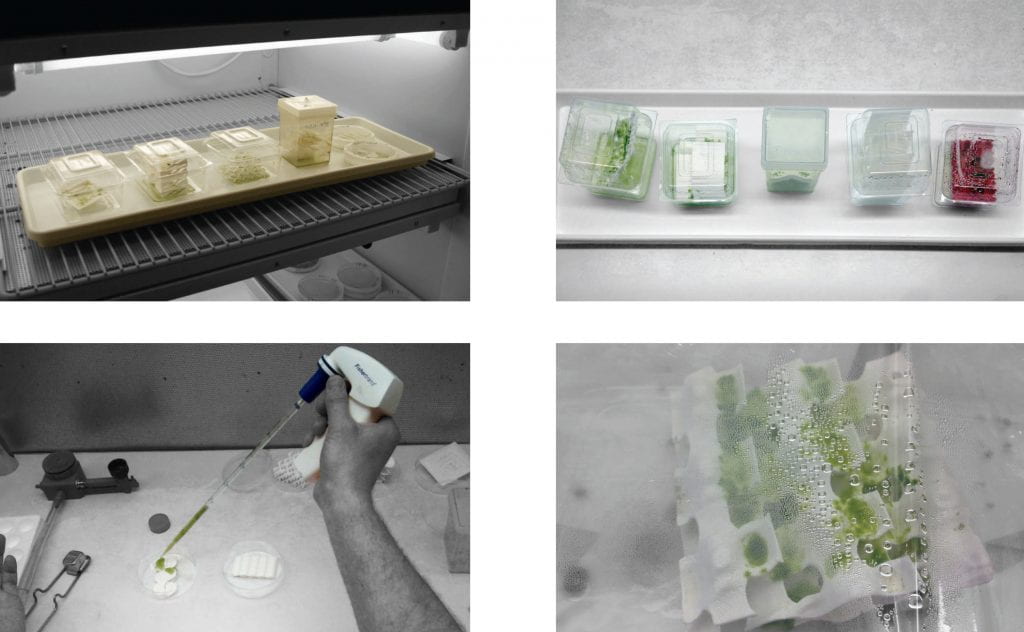
Micro Environments by Allison Bernett, Amber Ibarra, Michael Polittle, Caitlin Sanders, Harrison Werner and Erin Wong 
Micro Environments by Allison Bernett, Amber Ibarra, Michael Polittle, Caitlin Sanders, Harrison Werner and Erin Wong 
Mars Mission 01 by Sixian Luo and Engene Jang 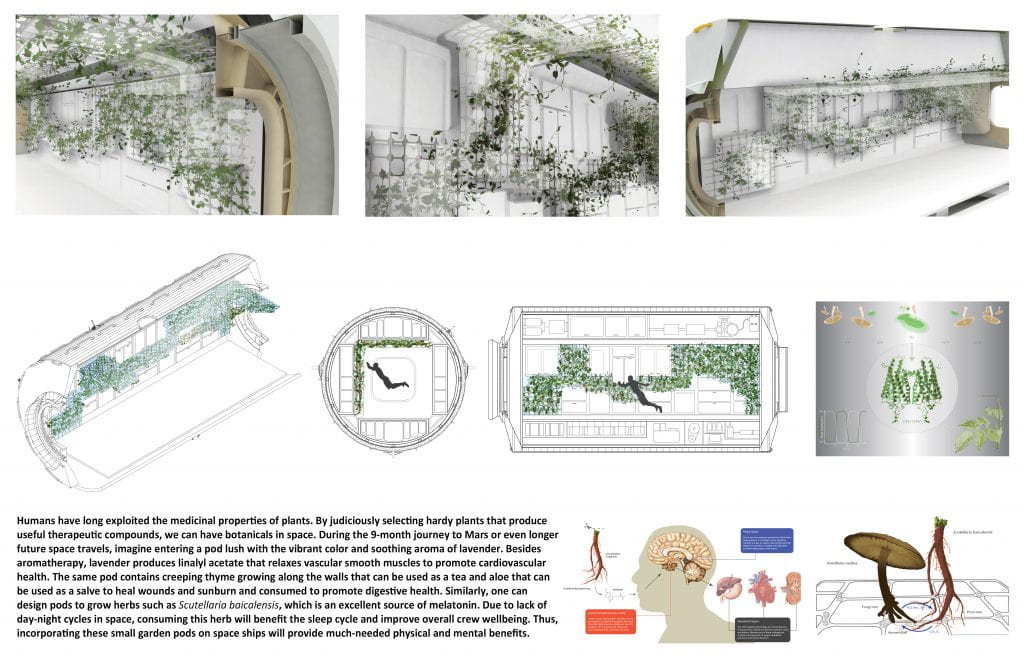
Mars Mission 02 by Jenny Liu and Sandra Moon 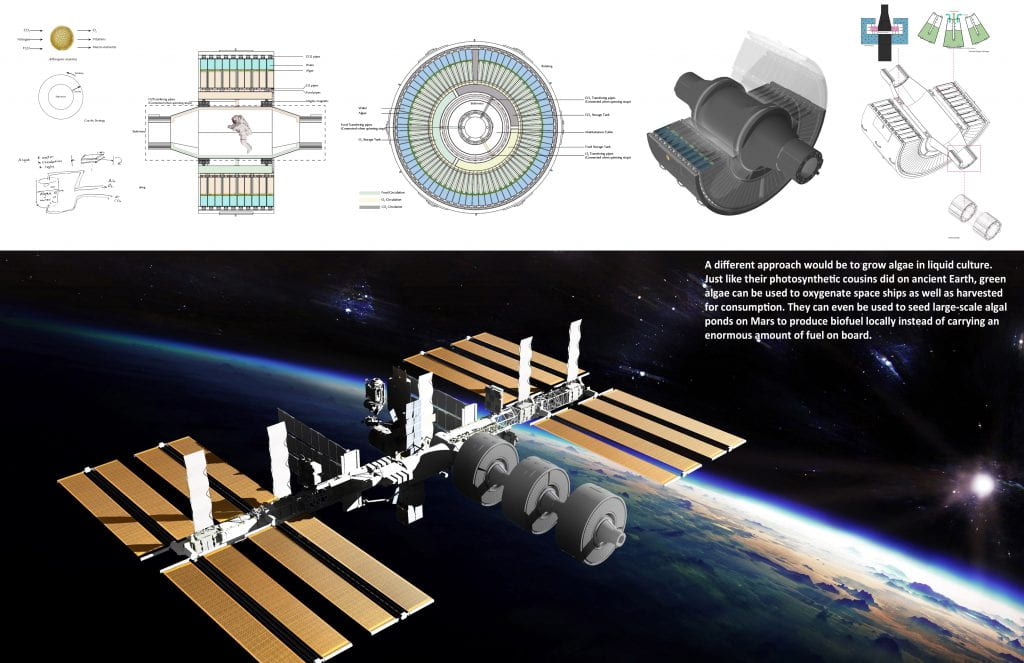
Mars Mission 03 by Yuchen Shen, Shao Liu and Ari Gao 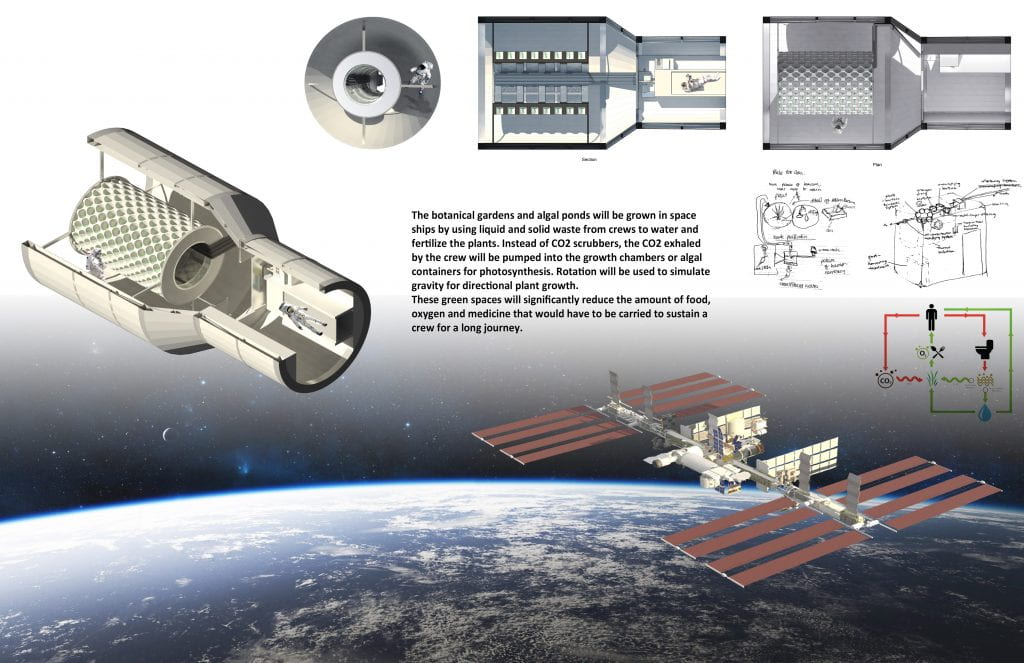
Mars Mission 04 by Yuchen Song and Chiedza Mupanomunda 
Mars Mission 05 by Alexander Gault and Shiyun Yu 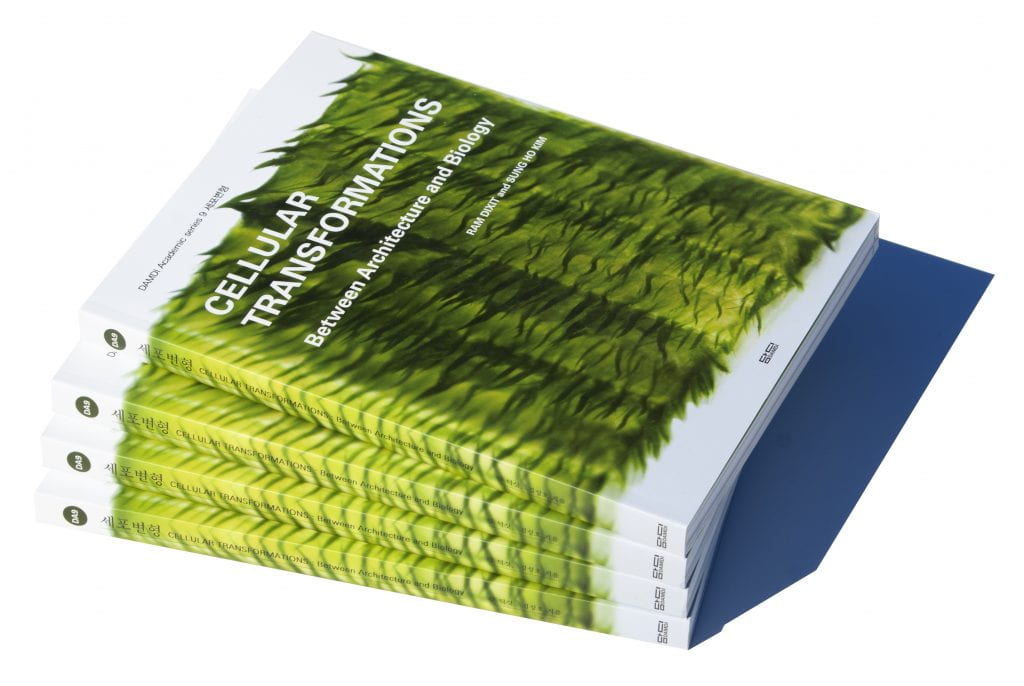
Cellular Transformations Book 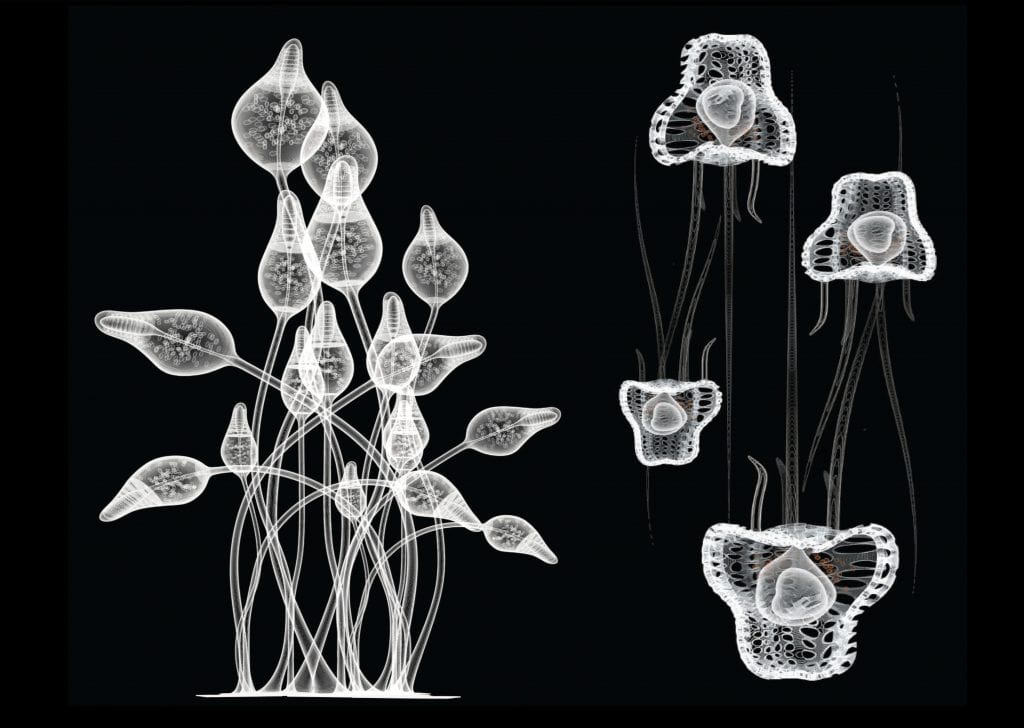
Cell Drawings by Shiyun Yu and Yafeng Wang 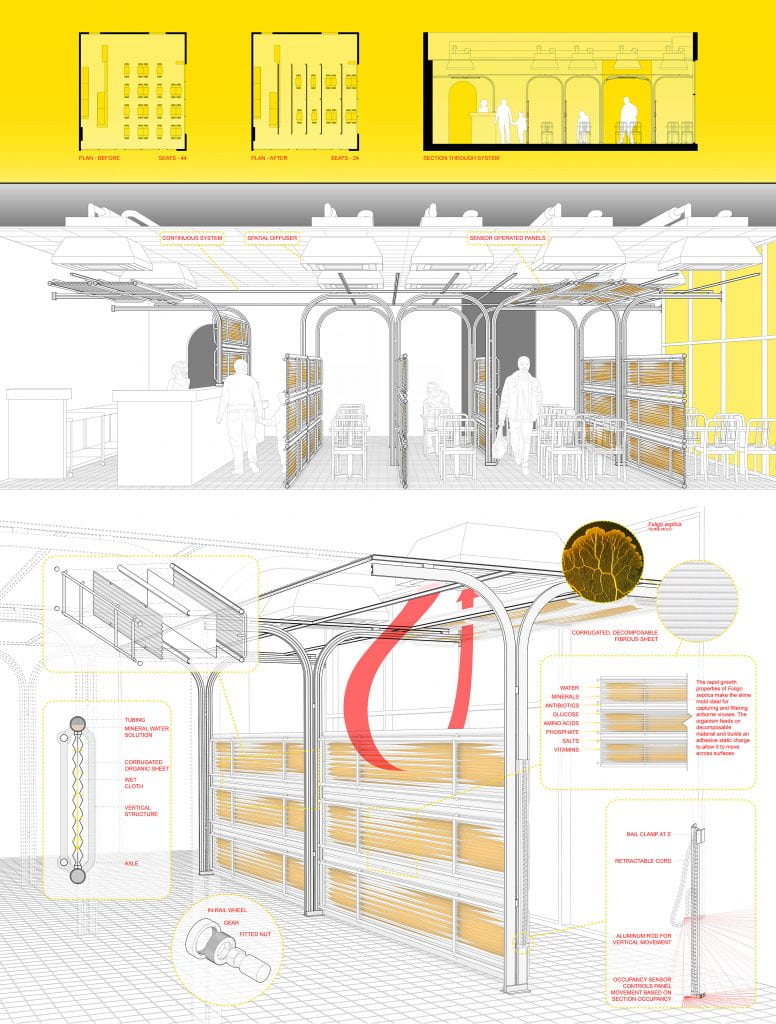
Covid Project 01 by Patrick Murray, Yuhao Ji and Guanyu Ke 
Covid Project 02 by Ethan Chiang and Zhengran Xu 
Covid Project 03 by Zhuoxian Deng and Xinfei Tao